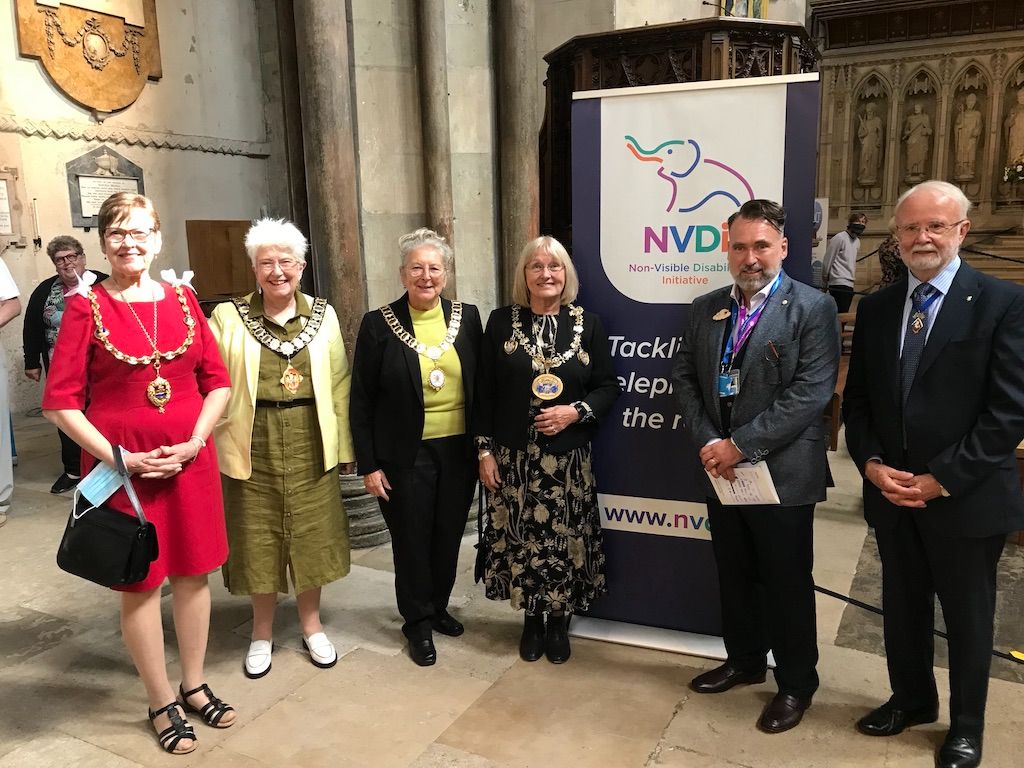What is a non-visible disability?
A non-visible disability is a disability or health condition that is not immediately
obvious. It can defy stereotypes of what people might think disabled people look like.
This can make it difficult for people with non-visible disabilities to access what they
need. The impact of living with a non-visible disability can be slight, or can have a
huge effect on someone‛s life.
Non-visible disabilities are named this way because you cannot always easily see the
nature of the disability. Some people with non-visible disabilities might use mobility
aids, whereas others will not.
Also, some people with non-visible disabilities might have a ‘dynamic disability‛. This
means that sometimes they might use a mobility aid, but other times they might not
need it. Likewise, sometimes they might need to use a priority seat on busy public
transport. Other times they may not feel they need to.
Which disabilities are non-visible? These are not
limited to, but may include:
• mental health conditions, including anxiety, depression, schizophrenia,
personality disorders, obsessive compulsive disordet;
• neurological conditions, such as autism, Asperger‛s syndrome, Parkinson's Disease and Multiple Sclerosis;
• visual impairments or restricted vision;
• hearing loss;
• sensory and processing difficulties
• cognitive impairment, including dementia, traumatic brain injury, or
learning disabilities; non-visible health conditions, including diabetes,
chronic pain or fatigue, respiratory conditions, incontinence.

Non-Visible Disability Initiative
Medway Non-Visible Disabilities Initiative (NVDi) aims to tackle
the impact of non-visible disabilities by teaching local businesses how they
can adapt and make small changes to help customers who may have a non-visible
disability. People living with
non-visible disabilities can have difficulties accessing what they need which
impacts their day-to-day life.
To find out more please visit the NVDi website.